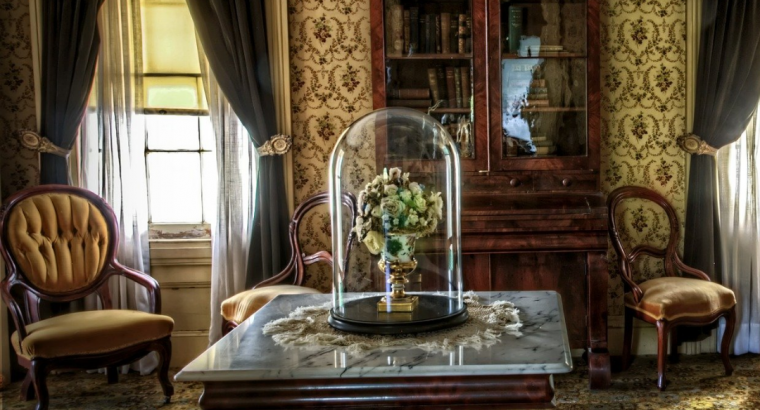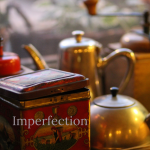Common Mistakes to avoid while Purchasing an Antique Furniture
Everyone love to purchase modern furniture to decorate their homes but antique furniture has its charm and glory. A combination of modern and antique furniture to decorate a home gives a rich and broad sense of style and also brings depth and personality to one’s surroundings. Usually, antique furniture is a little bit expensive but once you find a perfect antique piece to fill up the vacant corner of your house then it’s not a big deal to spend a little money of yours. No matter how much money you are spending on an item of antique furniture, your upmost concern is to make a wise choice. So here in this article we will discuss the most common mistakes to avoid while purchasing an item of antique furniture.
1. Unchecked damage 2 Anticipating perfection 3 Purchasing without research 4 Upsetting the seller 5 Not asking for a second opinion
Unchecked damage
As the term ‘’a ntique’’ means an old thing, there is no guarantee that antique furniture will remain undamaged for years. Antique pieces have a unique design that attracts the buyers’ eyes most but that does not mean you should ignore the damage the furniture has. If the antique furniture has any dents or scratches then you should discuss it with the owner before purchasing and also lessen its actual price. While purchasing, purchasers get over-exited to acquire an antique piece and somehow they abandon the damage. Scratches, dents, and scuffs should be taken care of before purchasing any piece as it costs almost hundreds of dollars to repair them.
ntique’’ means an old thing, there is no guarantee that antique furniture will remain undamaged for years. Antique pieces have a unique design that attracts the buyers’ eyes most but that does not mean you should ignore the damage the furniture has. If the antique furniture has any dents or scratches then you should discuss it with the owner before purchasing and also lessen its actual price. While purchasing, purchasers get over-exited to acquire an antique piece and somehow they abandon the damage. Scratches, dents, and scuffs should be taken care of before purchasing any piece as it costs almost hundreds of dollars to repair them.
Anticipating perfection
You cannot find antique furniture in their original condition as they are very old. Just like you should not ignore the damage, the same goes for imperfections. You should not anticipate perfection in antique furniture. If you buy antique furniture and there are imperfections in them like the paint has become faded, the wood of tables and chairs has become damaged, these imperfections in antique furniture are normal as they are a decade or even a century old. However, it does not mean you should buy a totally damaged antique piece but always expect wear and tear.
Purchasing without research
Sometimes, shopping forantique furniture without any knowledge of it may cost you a lot. If you have information of the different features of the antique piece you want to buy across many periods then you have more chances of successfully purchasing that antique item. Having proper knowledge about the antique item you want will always benefit you in case there is any damage to the item which you have to repair as you will know how much it costs. It also gives you more space in bargaining with the seller.

Upsetting the seller
While you discussing the item with a seller, be careful as you may upset the seller with your comments on the antique item without even knowing. This happens mostly when the seller himself collect the antique items. Sometimes, in the seller’s view, if he considers a certain item to be a masterpiece and does not want to change its original shape and suppose you start to talk about the renovation of that certain item in front of the seller then the situation may become horrible. The seller wants to sell that item to someone who will not renovate its actual shape and someone who will take good care of it. In the end, if he refuses to sell you that item then it is bad for you. Therefore, carefully negotiate with the seller and do whatever you want to do once you bring that antique item to your hom
Not asking for a second opinion
If you want to buy an item of antique furniture for your home or office then it’s better to ask for a second opinion from an expert who knows everything about antique furniture and its quality. When you are analysing any antique item, take pictures of it from different angles and send them to an expert for their opinion on whether or not you should buy it.

By: A Shayan




